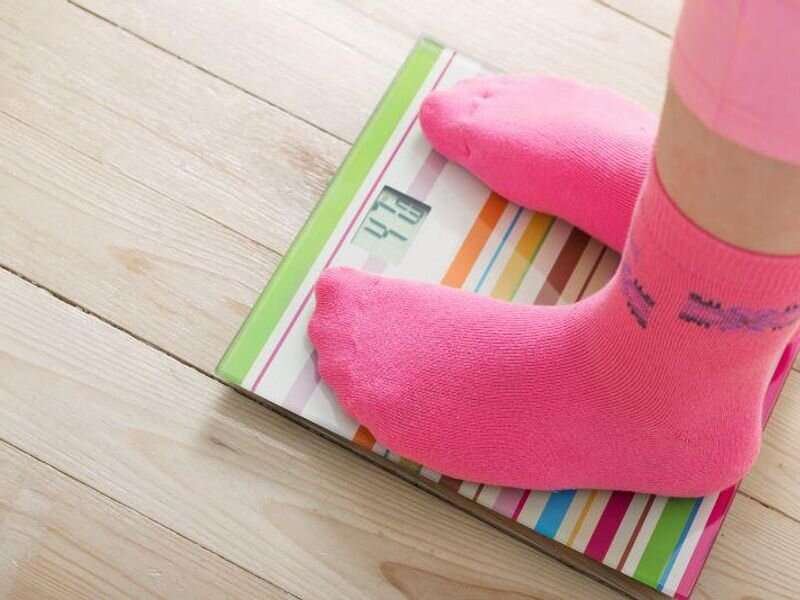High, low BMI tied to higher medical expenditures in children


Medical expenditures for privately insured children, including out-of-pocket (OOP) expenditures, are higher for all body mass index (BMI) categories other than healthy weight, according to a study published online July 3 in JAMA Pediatrics.
Ashutosh Kumar, Ph.D., from the U.S. Centers for Disease Control and Prevention in Atlanta, and colleagues estimated medical expenditures among U.S. youth across all BMI categories, as well as by sex and age groups. The analysis included data from the 2018 IQVIA ambulatory electronic medical records (205,876 privately insured individuals aged 2 to 19 years).
The researchers found that compared with children with healthy weight, total and OOP expenditures were higher for all other BMI categories. For total expenditures, differences were highest for those with severe obesity ($909) and underweight ($671) versus healthy weight. For OOP expenditures, differences were also highest for severe obesity ($121) and underweight ($117) versus healthy weight. By age, having underweight was associated with higher total expenditures at ages 2 to 5 years ($679) and 6 to 11 years ($1,166), while having severe obesity was associated with higher total expenditures at ages 2 to 5 years ($1,035), 6 to 11 years ($821), and 12 to 17 years ($1,088).
“The study team found medical expenditures to be higher for all BMI categories when compared with those with healthy weight,” the authors write. “These findings may indicate potential economic value of interventions or treatments aimed at reducing BMI-associated health risks.”
More information:
Ashutosh Kumar et al, Body Mass Index and Associated Medical Expenditures in the US Among Privately Insured Individuals Aged 2 to 19 Years in 2018, JAMA Pediatrics (2023). DOI: 10.1001/jamapediatrics.2023.2012
Andrea Luviano et al, Current and Future Challenges Regarding Estimating Costs to Determine the Value of Interventions to Manage Unhealthy Weight, JAMA Pediatrics (2023). DOI: 10.1001/jamapediatrics.2023.2018
Journal information:
JAMA Pediatrics
Source: Read Full Article